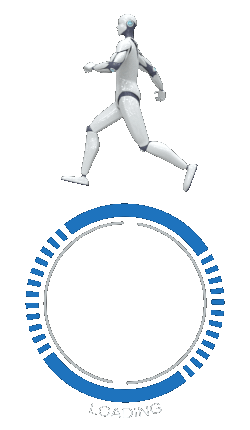[vc_row][vc_column][vc_column_text]A business can’t rise and thrive without the Internet. To compete with the best, you must be visible on the web, as it is the world of technology and the Internet we are living in. However, handling many resources at once is a critical task because not everyone is a tech expert. Thanks to the modern advancements that we now have a cloud computing service that simplifies this task up to tenfold. Now, you must be thinking what is it and how does it work, right? That’s what this post is all about!
What is Cloud Computing?
It is a package that includes all the services available on the Internet such as databases, analytics, storage, software, and other platforms. As the name indicates, cloud computing is like a group of services working as a cloud, suspended somewhere in the air. It refers to services that are provided without being physically close to the hardware. The simplest example of cloud computing is Google’s Gmail that a user can access from any device. For the most high-end cloud computing services, contact SI Global that is the leading system integrator and consultancy company in Pakistan. It has its presence in the USA and UAE as well, so you may also call it an international company.
What are the Basic Components of Cloud Computing?
Well, before digging deeper into the components, let’s first learn the basic architecture of cloud computing.
There are several components of cloud computing that are loosely connected. The basic architecture of the cloud infrastructure is divided into two parts: the front end and the back end, and the Internet hangs somewhere in between both. The front end, as the name indicates, is the user-end part that is visible to the client. It includes components that a user and client can interact with such as web servers, mobile devices, tablets, etc. The back end, on the other hand, includes components that work behind the scenes. It is the cloud section that is responsible for providing the necessary backhand mechanisms such as traffic control, security mechanism, and protocols.
Now, let’s come to the services! Cloud computing services are where all the functions take place. It manages all the tasks that run on the cloud, such as storage, web services, and others. There are three types of services named as Software as a Service (SaaS), Platform as a Service (PaaS), and Infrastructure as a Service (IaaS).
Software as a Service (Saas):
If we rate the three of them, SaaS comes on top as it includes everything including hardware and software. The process starts with hardware installation and goes to app functionality, and SaaS includes them all. Examples include Google Apps, Dropbox, Hubspot, etc.
Platform as a Service (PaaS):
As the name indicates, it provides a platform for testing and organizing of different applications. Examples include Force.com, OpenShift, etc.
Infrastructure as a Service (IaaS):
It includes management of infrastructure that mainly deals with network hardware, storage, and servers. Examples include Google Compute Engine (GCE) and Amazon Web Services (AWS).[/vc_column_text][/vc_column][/vc_row]


